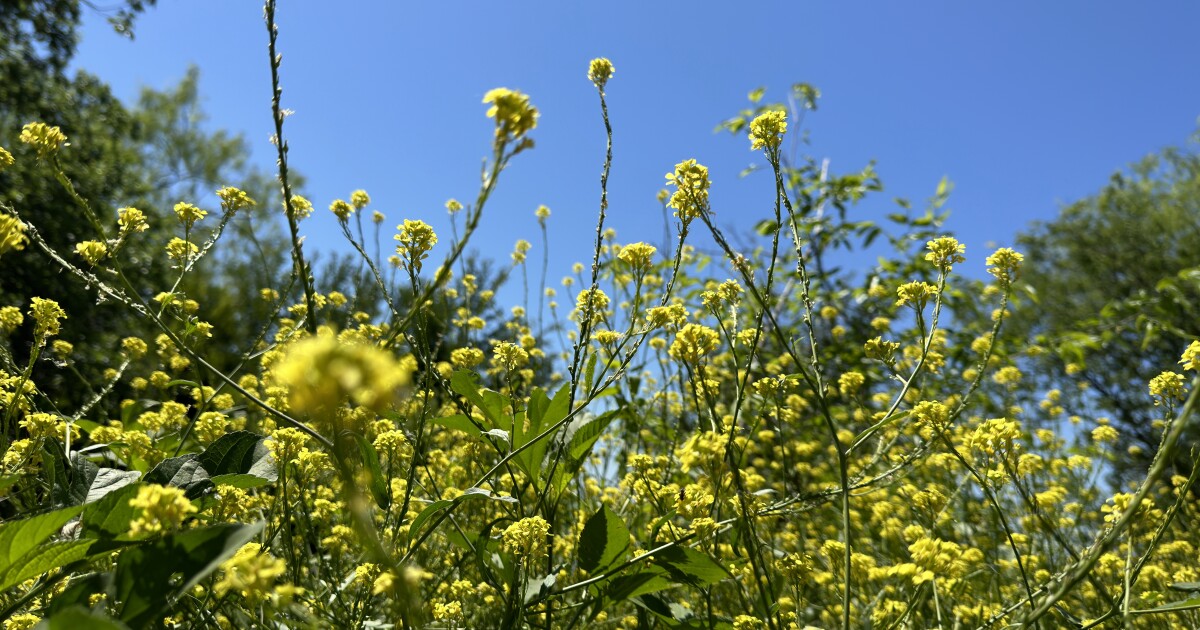In Dallas, green spaces are becoming crucial for public health rather than just a nice addition to the city. A recent study from Southern Methodist University highlights the strong link between access to nature and mental well-being, especially in underserved neighborhoods.
This research examined what are known as “infrastructure deserts”—areas lacking parks, sidewalks, or accessible green spaces. The findings reveal that residents in these neighborhoods face higher rates of depression, anxiety, and chronic stress, primarily affecting lower-income, predominantly Black and Latino communities.
According to Barbara Minsker, a professor at SMU and one of the study’s leaders, the lack of greenery diminishes daily life quality. She emphasized, “Imagine stepping outside to only see concrete and highways. It’s emotionally exhausting.”
Small improvements, like planting trees, creating pocket parks, or adding shaded walking trails, can profoundly affect mental health, especially for children and older adults. Dallas is taking steps in the right direction with projects like the Five Mile Creek Greenbelt and Southern Gateway Park. These initiatives aim not just to provide recreation but also to reconnect communities and offer a much-needed escape.
The study indicates that even small green upgrades, such as tree-lined sidewalks, can lead to lower psychological distress. However, these spaces need to be safe and accessible. Minsker stresses that convenience is key: “When people have to drive to enjoy nature, it’s not the same as stepping outside their door.” This is particularly vital for those who rely on public transport or don’t own a car.
Beyond individual health benefits, green spaces encourage social interaction, promote physical activity, and even help cool urban areas—a growing concern in hot Dallas summers. These benefits contribute to community strength, especially for neighborhoods that face systemic challenges.
Interestingly, studies show that neighborhoods with ample green space tend to have stronger social ties. According to a report from the Nicholas Institute for Environmental Policy Solutions, communities with more greenery report higher levels of social cohesion.
Ultimately, the study serves as a reminder that infrastructure is more than just roads and buildings. It is about how cities support the well-being of their residents. “Prioritizing green space—equally and accessibly distributed—is essential. It’s a form of care,” Minsker concludes.




















:max_bytes(150000):strip_icc()/GettyImages-110007729-eccf04e31fdd4e95a435fc852057bdda.jpg?w=480&resize=480,480&ssl=1)
